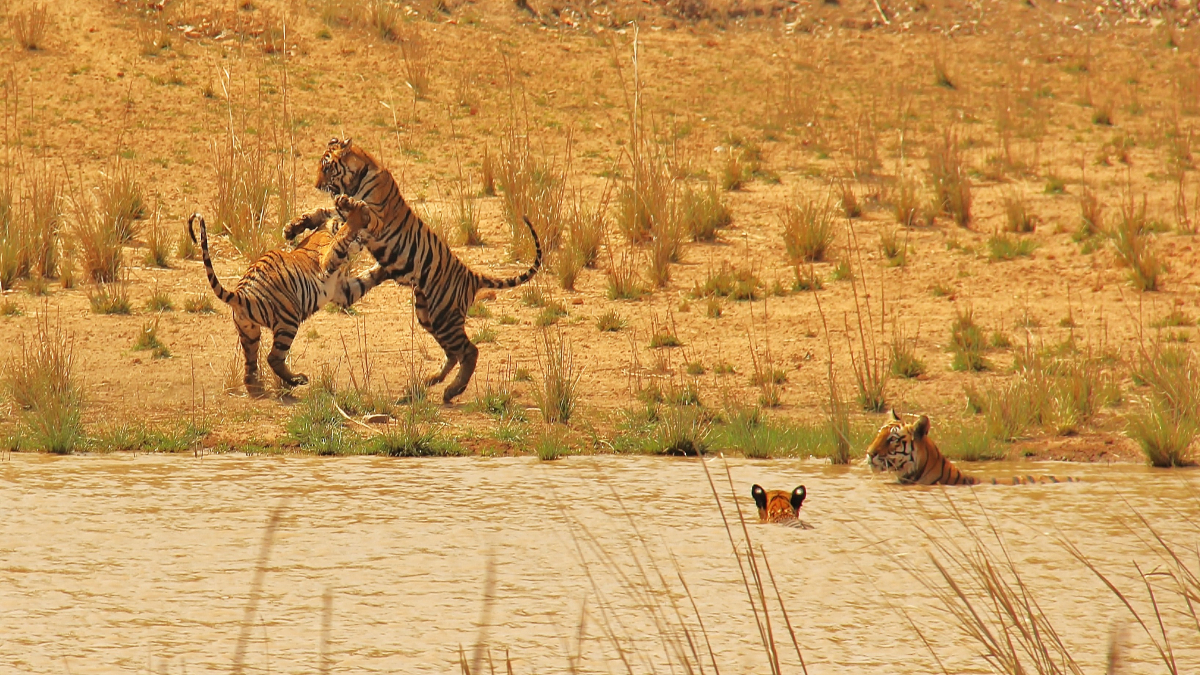


There are 900 private and public Wildlife sites across the country for which the Ministry of Environment, Forest, and Climate Change constituted new guidelines for ameliorating the eco-tourism concept in India. This is after the approval of the Standing Committee of the National Board of Wildlife under the MOEF and CC on 2 July 2021.
The stakeholders constituted the guidelines in such a way where Wildlife, Forest, Tribals, Local Communities all shall fall under surveillance, protection, and self-sustained economic growth. The newly released guidelines of NBWL indicate that all these guidelines shall apply to all ecotourism sites in all forest and wildlife areas (protected or non-protected) irrespective of the ownership of the Land.
The new guidelines are focused on Promoting the engagement of local communities in a manner that enriches the local economy and encourages sustainable use of indigenous materials through financially viable value chains thereby helping such local communities become “aatmanirbhar”. The eco-tourism guidelines issued by the National Tiger Conservation Authority shall apply to eco-tourism in Tiger Reserves in the country.
Zonation Markation is mandatory
The new guidelines specifically say that the eco-tourism plan shall appropriately demarcate the eco-tourism zone upon assessment of management requirements of the target wildlife, the habitat or the geographical entity, and their behavioural and ecological characteristics. The eco-tourism zonation shall particularly ensure that the ecological integrity of the site, including breeding areas of wildlife and tribal habitations. The zonation shall also ensure that safeguards provided in the Forest Rights Act, 2006 are fully respected.
The new guidelines further say that Eco-tourism site development should imply scientific methods. Any ecotourism facility or structure on forest lands shall be subject to the provisions of the Forest (Conservation) Act 1980. No permanent structure shall be made/constructed to create an ecotourism facility/structure, but temporary structures/facilities made of predominantly natural material of local origin shall be allowed in Protected areas or on forest land.
Where can eco-tourism be developed
As per the new guidelines eco-tourism may be developed in and around designated sites in the forest and wildlife-rich areas and ex-situ conservation areas, and such designated sites may include sites of biological, geographical, geophysical, and eco-heritage importance such as mangroves, sacred groves, mudflats, beaches, streams, wetlands, waterfalls, rivers, hills, caves, etc.
Debendra Dalai, Chief Conservator of Forest and Wildlife, Chandigarh, calls these guidelines a welcome step as it will boost the economic health of forest attached local communities and also would prevent forest and wildlife.